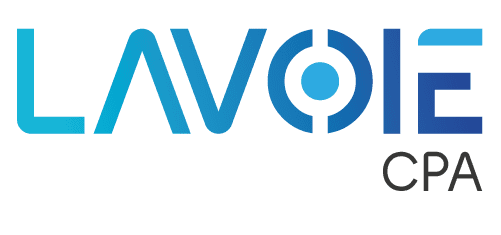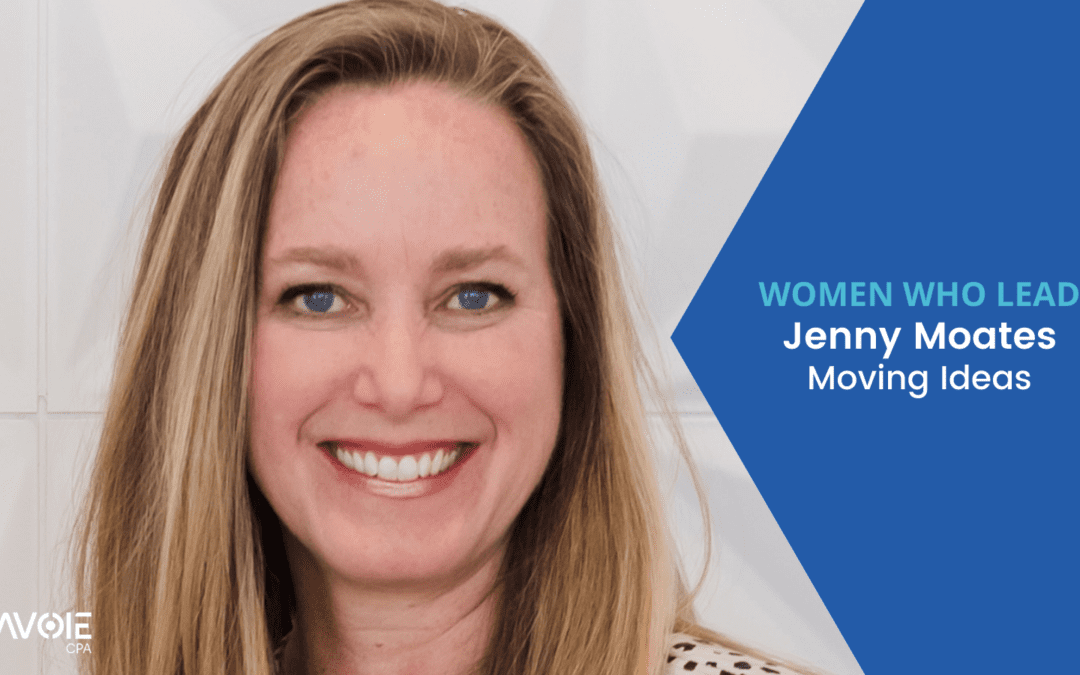Each #WomenWhoLead feature will be showcased on a wall mural in South End Charlotte. If you know a woman leader who you want to feature on the wall, please click the button to nominate her.
In 1994, brothers Bert and John Jacobs started the Life Is Good company, an American apparel retailer founded on a relentless belief in the power of positivity. Ten years later, freelance graphic designer Jenny Moates did something similar.
Hoping to provide more value to clients, Moates and her husband, Brian, established Moving Ideas in 2004. Just one year later and with opportunities in front of them, Jenny invited Yvette Salerno, her lifelong friend and a marketing executive with Bank of America, to join forces as her business partner. At face value, Moving Ideas is a strategic marketing and graphic design agency focused on providing astute brand communications. But like the Life Is Good company, Moving Ideas also spreads the word of optimism.
“Positivity is a core philosophy personally, but it also drives business results,” says Moates. “When you have a positive attitude, you’re going to have better ideas.”
We chatted with Moates, whose official title is Chief Possibilities Officer, to learn more about the role of positivity in graphic design.
What motivated you to open Moving Ideas?
I wanted to grow beyond a freelance business and, in 2004, it felt like the right time to do that. I was already working with other partners — folks who are contractors who we still work with today. The whole thing was starting to feel much bigger than me. It evolved to require a team effort.
Opening an agency also gives your clients access to a larger talent pool. As a freelancer, you’re just one person. But as a business, you can do so much more with a group of people. As with any business, the success of what you offer is 100 percent about the people involved. That’s why I don’t like titles because, at the end of the day, it’s about who produced the best ideas and the best results, no matter their title.
Speaking of titles, you’re the Chief Possibilities Officer at Moving Ideas. What does that mean?
Technically on legal documents, I am the president but that doesn’t say a whole lot. We prefer to have more creative titles around here, so I’m the Chief Possibilities Officer which fits my role as essentially the creative director.
My business partner, Yvette Salerno, is the Chief Reality Officer. We have a lot of fun with that because it fits our dynamic. She and I have an amazing balance. The things that she’s good at aren’t necessarily the things I’m good at and vice versa. Our clients benefit from a very well-rounded approach.
What lessons have you learned as a business owner?
One piece of advice that was given to me — and it’s been rock solid since the very beginning — is that you should always be a cash business. Don’t go into debt. Borrowing money was something I could’ve easily done over the years, but being strategic about the money we spent allowed us to hold on during the very lean times. It’s good to embrace challenges like the recession and the pandemic, pull the team together, and say, “Okay, how are we going to keep moving forward?”
I also believe in this principle: give more in value than you take in payment. If you always do that, the work will come. Our group has always been that way. We have retainer clients that go above in terms of monthly hours but we’re okay with that because we want to give more in value than we take in payment. Many creative agencies aren’t necessarily invested in the business results of their clients. But to me, good design is just a baseline — it’s expected. Driving business results is what separates us from other agencies. More importantly, it’s what gives value to our clients.
Your website describes you as someone who leads with an “optimistic approach.” Can you unpack that?
I just have an overarching philosophy in life that optimism leads to more success. I believe that having a positive, can-do attitude will get you through difficult times. If you look at kids who are in the hospital suffering, for instance, it’s positivity that pushes them past those hard things.
Optimism is also a key cornerstone of any good business. One of the books that I’m reading right now is called “Life Is Good.” It’s by the two brothers who started the Life Is Good brand. Their whole brand is built on optimism, and they’ve been so successful because the world craves positivity. We need positivity.
What’s your secret to staying positive even when times are tough?
I’ve had people ask me, “How are you happy all the time?” And I say, “Well, it’s better than the alternative, right?” But here’s the thing you must understand: Optimism is not necessarily happiness. Optimism is just a positive outlook. As I said, a child in a cancer ward isn’t necessarily happy but they can still be optimistic and hope for a positive outcome. It’s not false happiness — it’s just a way of looking at the world.
One of the things I love in “Life Is Good” is that the authors suggest saying “I get to go to work” instead of “I have to go to work.” It just completely changes your mindset. I get to go to work. I get to go to this amazing place and work with my best friend. I get to have fun. I get to be creative. I get to do this and get paid for it. That’s so crazy, right?
I will say that my hope is fueled by my faith. I’m a very faithful Christian, and I believe that God is with me and in me. He’s the one in control. I’ve seen him move mountains in my life personally and professionally. That gives me tons of optimism.
Continuing to learn and grow as a leader is essential to providing those outcomes. With that being said, what’s a new skill you’re developing right now?
I’m always learning how to better use technology. I’m a big believer that technology can make you more efficient, it can make your life easier, and it can create better results for your clients. So that’s an ongoing learning process for me. When I was a kid, my grandmother would say, “If you stop learning, you’re dead.” I think she’s right. You should always be reading and talking to others.
Listening to other people’s perspectives is a great way to learn too. In 2017, I published a book called “50 Coffees.” It was a social experiment to meet 50 people a year over coffee as a way of building community. In doing so, I learned a lot about the importance of relationships. I wrote a book so I could help other people who are like me — people who are good at what they do but not so good at building community.
Over the years, how have you balanced being a business owner and a mother?
I don’t feel like my family has to take a backseat. I’ve never felt that way. I think you can be a good example for your children while doing good things in the business world. I have three kids — one is a junior in high school, one is in seventh grade, and one is in sixth grade — and I don’t feel like I’ve had to sacrifice anything. That’s mainly because I have flexibility here. We’re a culture that embraces family values.
You’re never going to look back on your life and wish you worked more. So while I want to do good work and serve our clients, family comes first. We even have an employee’s kid who is homeschooled and goes to school in our office. She’s grown up with this business since the very beginning. She knows what clients are and will even look at logos and say, “I like this one, but what if you changed this?” Family is just a huge priority here.
As the leader of an organization, do you think you have cultivated a culture where optimism prevails?
I would say so. It’s also what I look for in people. I’m not looking for people to be just like me — definitely not. But it would also be hard for me to work with somebody who is a pessimist. That would be tough. My business partner and I, for instance, have very different personalities. We’re different in who we are as people. But at the end of the day, we are both optimistic and we both want the same thing: good outcomes for our clients.

